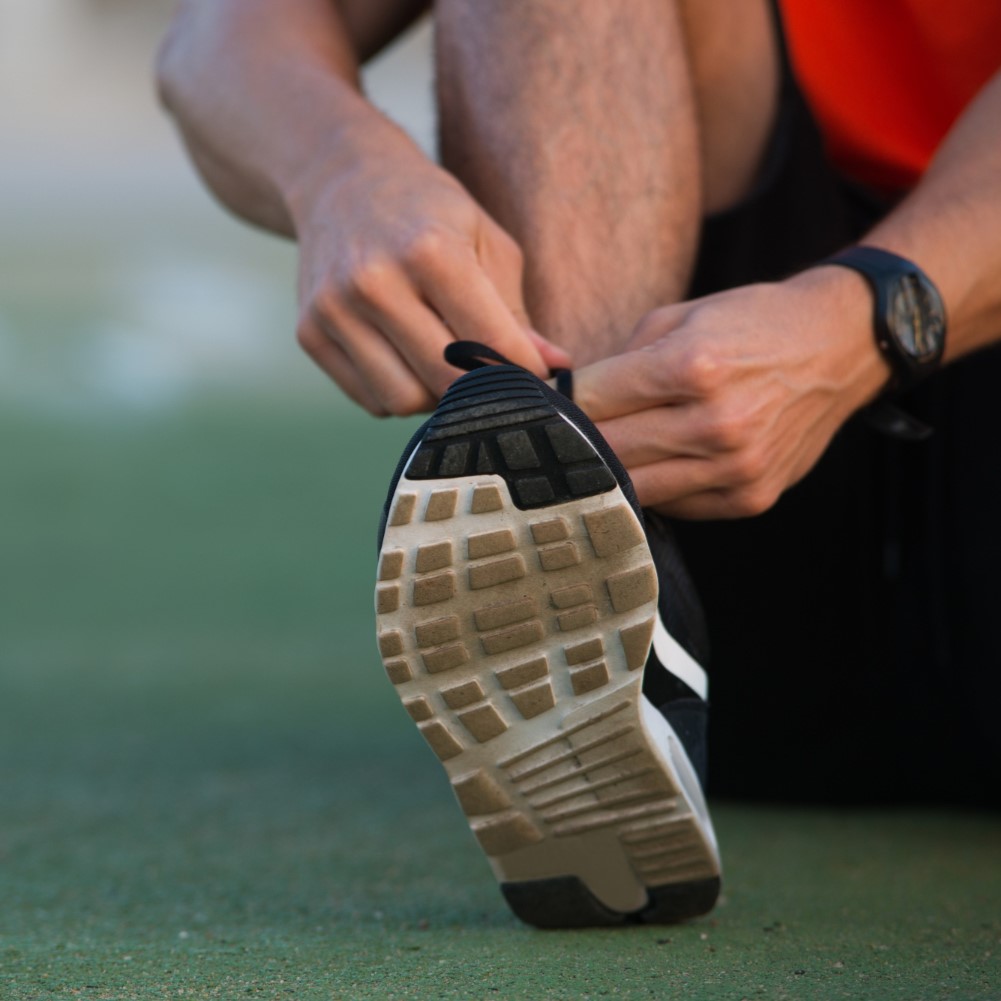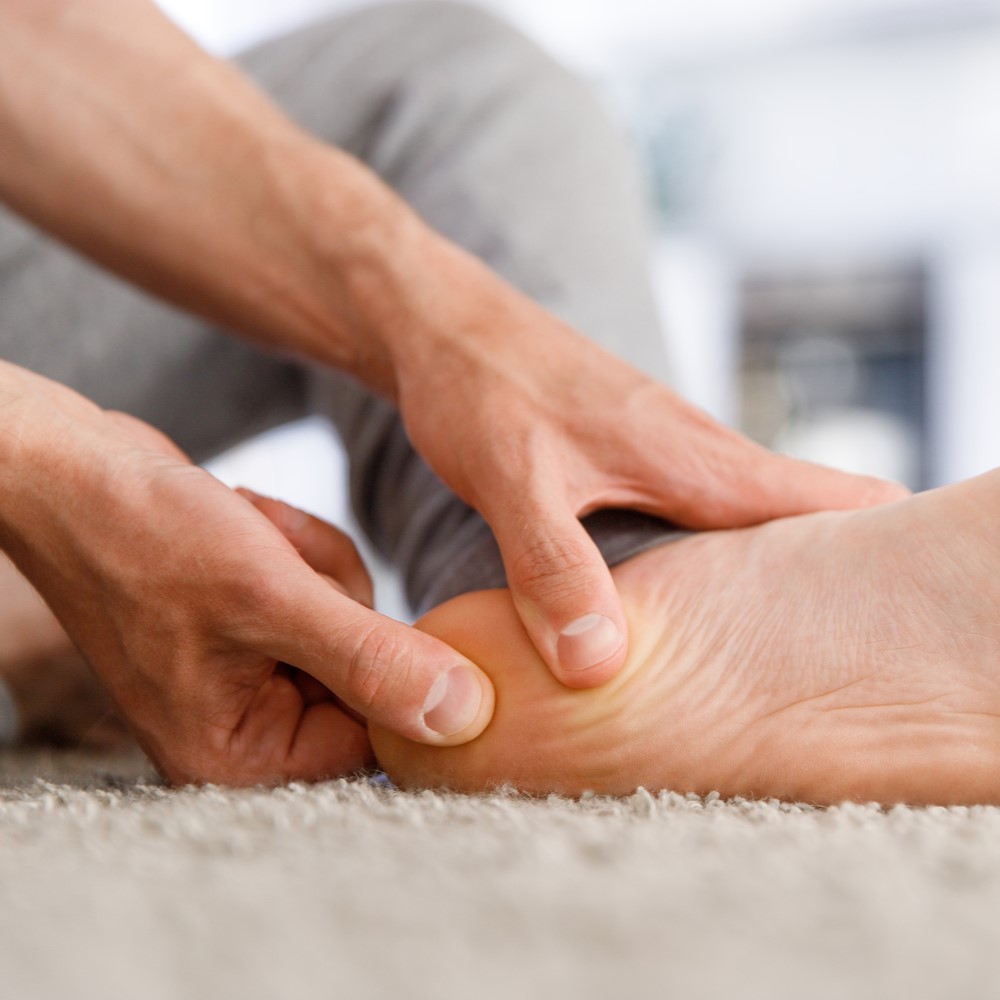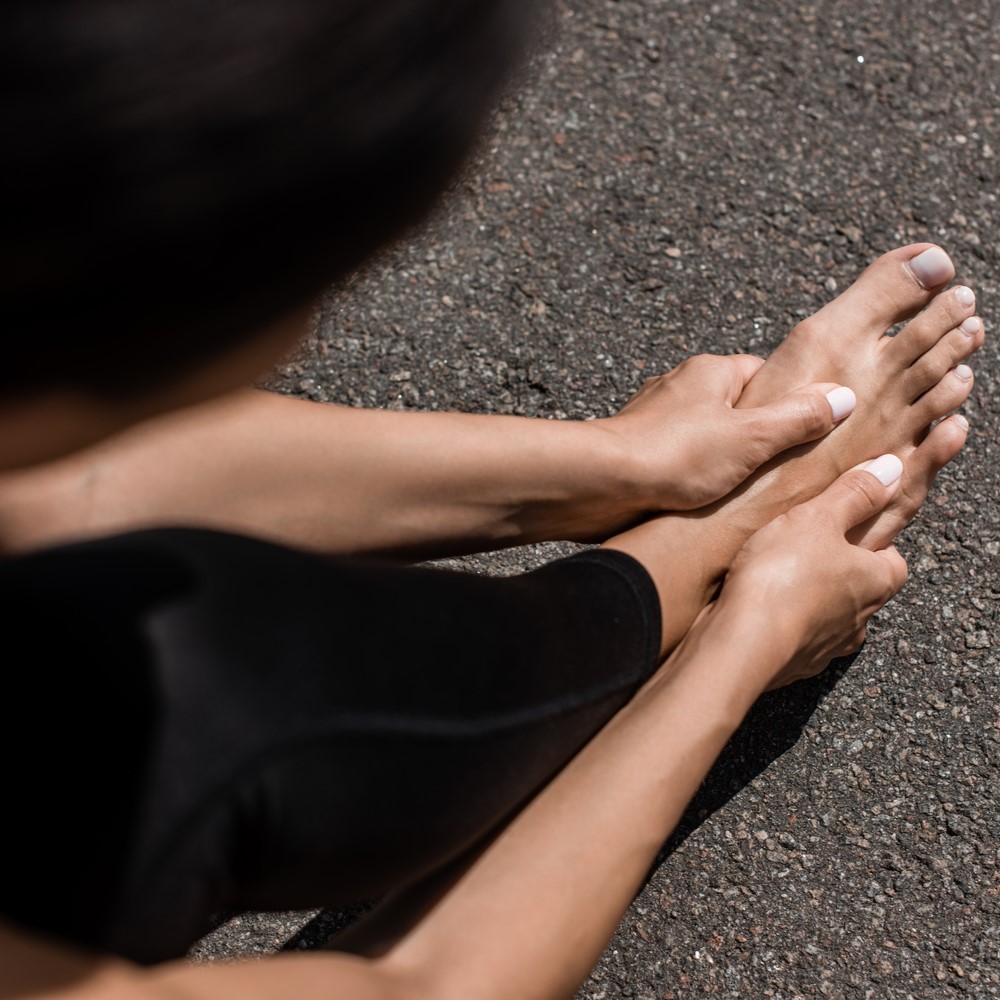Don’t Let Musculoskeletal Disorders Slow You Down
Have you ever experienced a sharp pain in your back while lifting heavy objects or felt your wrists and fingers ache after typing on a keyboard for hours? These are common symptoms of musculoskeletal disorders (MSDs), which can affect anyone regardless of age, gender, or occupation. In fact, MSDs are one of the most common causes of disability and missed workdays in the UAE. But what exactly are MSDs and how can they be prevented? This is what we are going to discuss in this blog post. What are musculoskeletal disorders? Musculoskeletal disorders (MSDs) refer to a group of disorders that affect the muscles, tendons, ligaments, nerves, and other soft tissues that support and move the body. These conditions can cause pain, stiffness, swelling, and limited range of motion, which can affect a person’s ability to perform daily activities and reduce their overall quality of life. Common MSD types Musculoskeletal disorders are a common health problem in the UAE, affecting people of all ages and backgrounds. These disorders affect the bones, joints, muscles, tendons, and ligaments, causing pain, stiffness, and limited mobility. Some of the most common musculoskeletal disorders include: Are they serious conditions? Musculoskeletal disorders can have a significant impact on a person’s quality of life, making it difficult to carry out daily activities and affecting mental health. In addition, these disorders can lead to lost productivity and increased healthcare costs. Fortunately, there are steps individuals can take to prevent and manage musculoskeletal disorders. Some tips to prevent musculoskeletal disorders Preventing musculoskeletal disorders (MSDs) involves taking a proactive approach to protect your muscles, tendons, bones, and other soft tissues that support your body. Here are some tips to help reduce your risk of developing MSDs: By following these tips, you can reduce your risk of developing MSDs and maintain a healthy, pain-free body. If you are experiencing symptoms of a musculoskeletal disorder, it’s important to seek medical help at Health and style medical center. Always remember that by taking care of your body and seeking treatment, when necessary, you can reduce the impact of these disorders on your quality of life
Don’t Let Musculoskeletal Disorders Slow You Down Read More »












